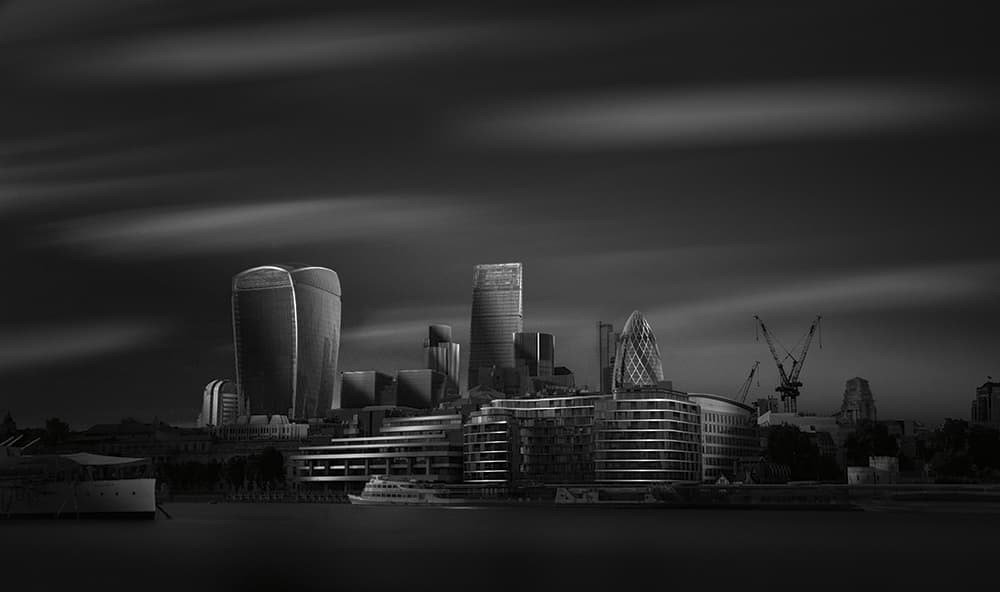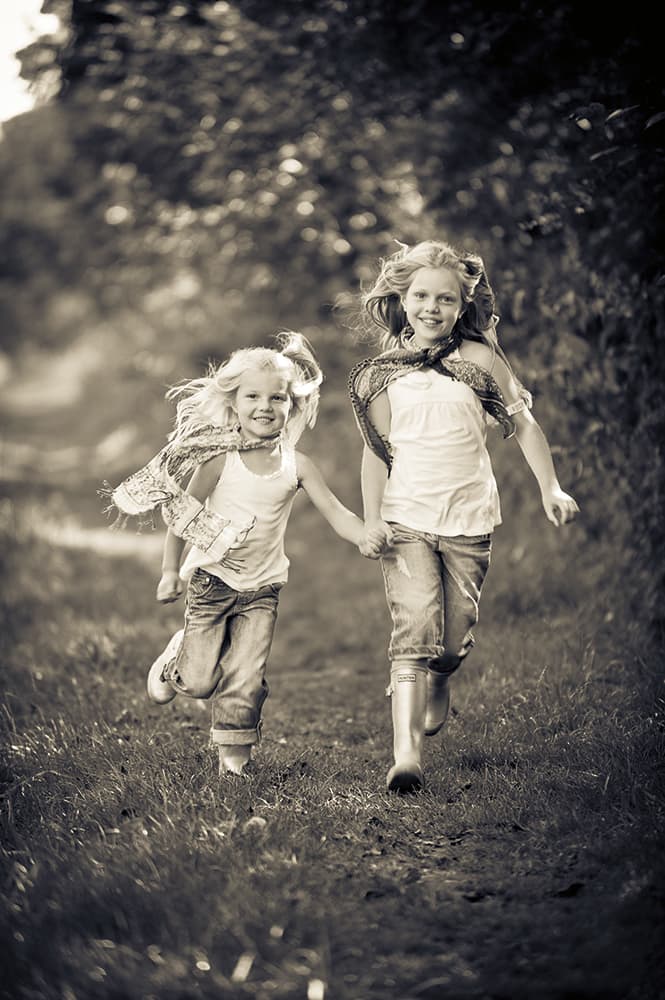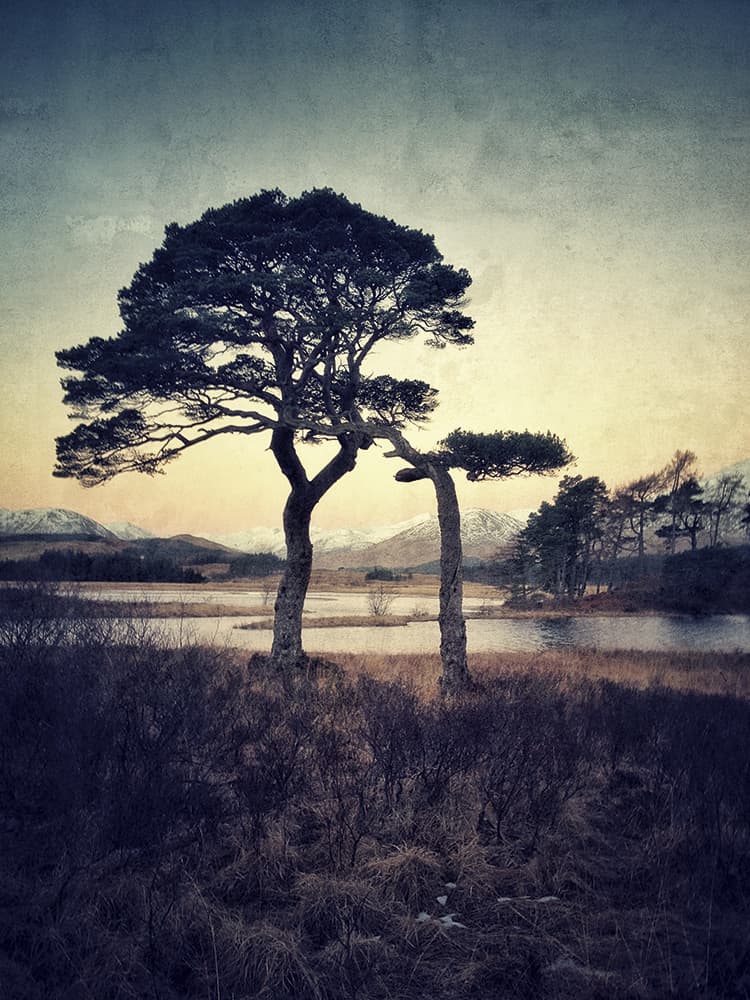4 things to photograph this month

Canon EOS-1D X with Canon EF 24-105mm f/4 L IS USM at 35mm, 478 seconds @ f/11, ISO 200 © Billie Currie
Shoot a black & white cityscape
The stark, angular shapes of architecture suit the graphic nature of black & white, making them an ideal combination. Most cities are filled with great subjects for the camera, be they abstract details of the shapes and angles of modern buildings or wide views such as this of the London skyline by Billy Currie. You’ll find a wideangle lens useful, and to get shots like this one with the blurred sky you’ll need a neutral density filter – ideally something like Tiffen’s 10-stop filter or the Big Stopper by Lee Filters.
Top tip
Don’t forget that with black & white in particular, half of the skill is in the post-production. Billy uses expensive dodging, burning and localised contrast control in Photoshop, just as Ansel Adams once did in the darkroom with his iconic landscapes.
See more of Billie Currie’s photographys www.billycurriephotography.co.uk
Photograph your garden
Spring is here, so why not get out into the garden, or your local park, and get photographing some of the plants and flowers. One of the best things about this kind of subject is that overcast weather is no barrier to getting good pictures, because it creates lovely soft light. Sunny days are great, too, as you can shoot into the light and get stunning backlit images, such as this one by Magdalena Wasiczek. This image just won Magdalena the title of International Garden Photographer of the Year. In explaining the decision, judge Clive Nichols said: ‘What I particularly like about the shot is the way that the photographer has melted the rich purples and oranges of the hydrangea into the out-of-focus background, creating a delicious melange of colours.’ See the rest of the winning images at: www.igpoty.com or more of Magdalena’s photography www.magdawasiczek.pl
Top tip
Shoot at a wide aperture to achieve a shallow depth of field like this, but try to avoid shooting on a windy day or it could take a lot of attempts to get the subject in focus. If you don’t have a macro lens, then shooting from further back with a telephoto lens, as Magdalena did here using a 70-200mm, can work, too.
Shoot a landscape on your smartphone
Smartphone cameras are used primarily for convenience, and for sharing the images on social media, but many serious photographers use them alongside their ‘proper’ cameras because they offer a different aesthetic – especially when used with some of the many apps that make it easy to add atmospheric filters and processing effects. This evocative dawn image of Caledonian pine trees at Loch Tulla in north-west Scotland was taken by professional landscape photographer Julian Calverley on his iPhone, and processed using the Snapseed app. See more of Julian’s images www.juliancalverley.com
Top tip
The camera lens on most smartphones is usually smeared with fingerprints, so clean it before you shoot. Be as careful and selective in what you shoot as you would with a DSLR – think about the composition and wait for the right light, rather than shooting away indiscriminately, and hold the phone as steadily as you can to minimise shake.

Taken with a Nikon D4S with AFS VR 70 -200mm f/2.8 G at 180mm, 1/1000sec @ f/3.2, ISO 200, converted to monochrome using Silver Efex Pro © Kate Hopewell-Smith
Shoot an action shot of the kids
If you’ve got children or grandchildren you’ll know that getting interesting pictures of them looking natural can be difficult. It’s usually best if they’re engaged in some sort of activity. One great trick used by portrait pro Kate Hopewell-Smith is to get the children to run towards the camera, pre-focus on a point en route and wait for them to run into it. As they do so, shoot away on high-speed continuous-drive mode to get increase your chances of getting one that’s in focus and has good expressions. It’s best to use manual focus for this, though some DSLRs have AF systems that are perfectly capable of keeping the focus locked onto the children as they move. See more photographys by Kate www.katehopewellsmith.com
Top tip
For best results, keep an eye on the background to make sure there are no distractions, use a wide aperture and stand well back with a telephoto lens to give you more time and create a more pleasing perspective.









